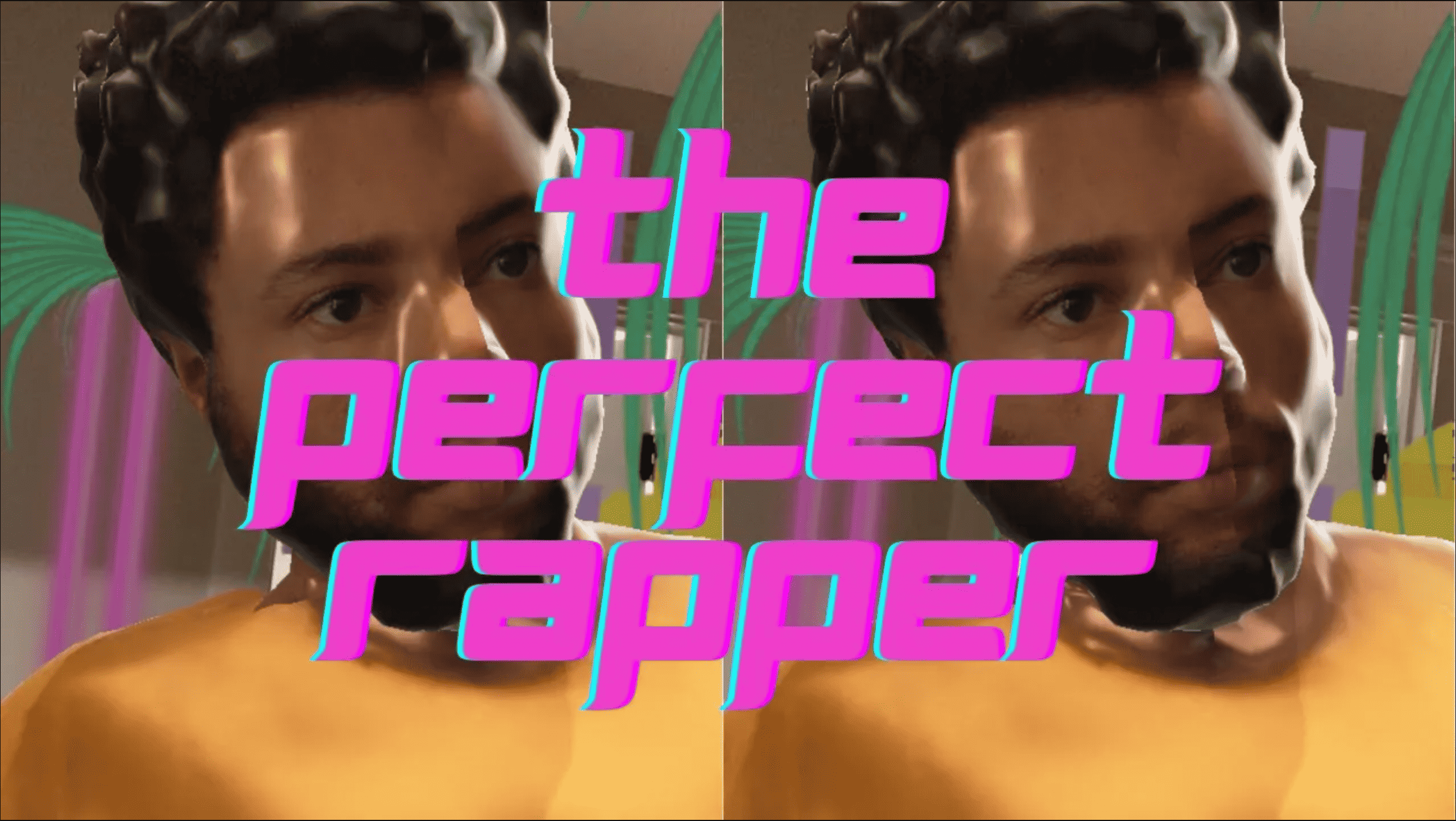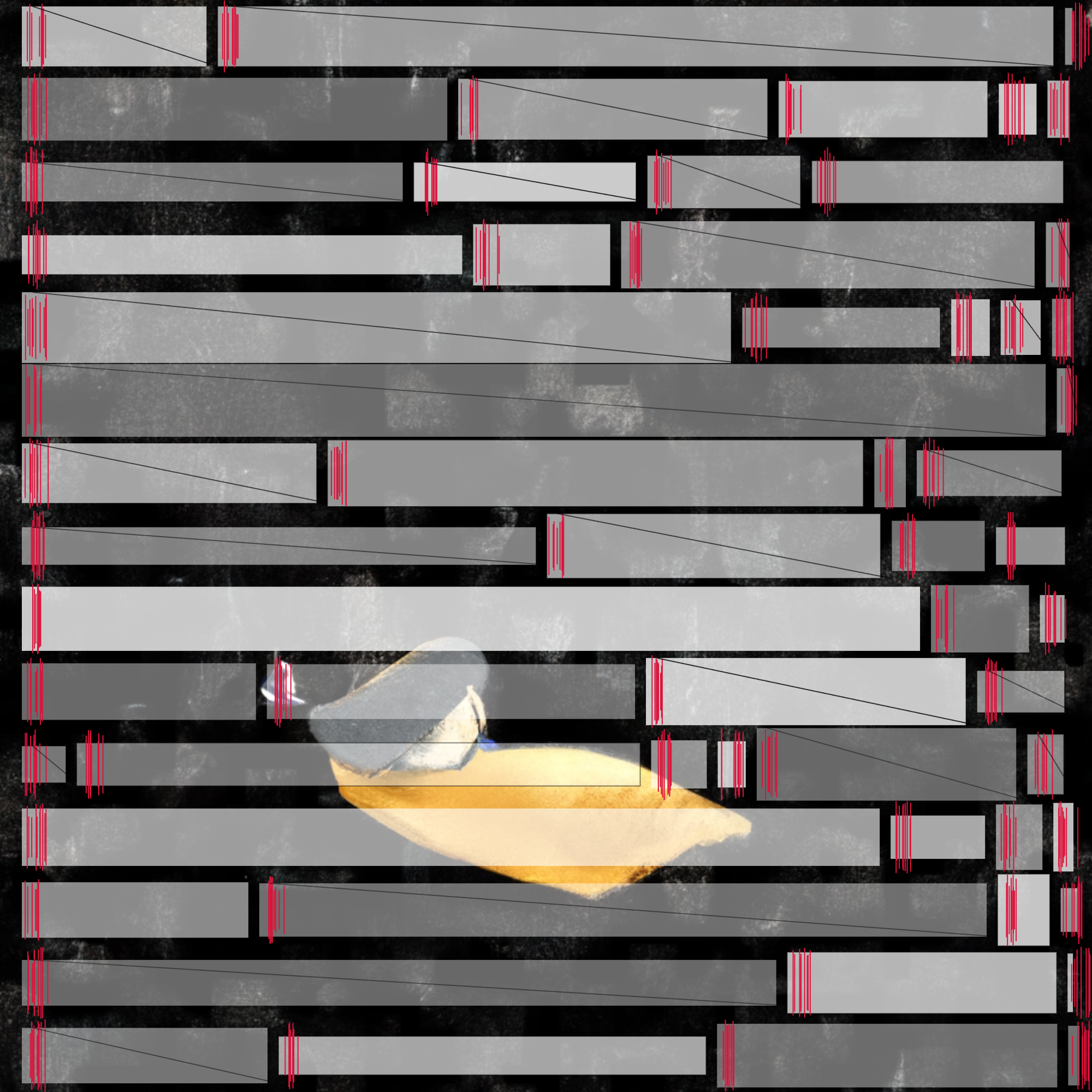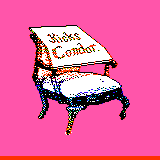Bleeding Edge Technology is Made for Silly Art
The only defensible use for bleeding edge tech is play!

I've had the pleasure this week of going through some of my old creative work while moving my favorite projects to my personal lifelong domain (the website you are reading this on). It feels like the computer equivalent of finding old photos in the attic, laughing by yourself at dusty photos that only mean something to you.
These projects feel like time capsules from a different era. Things have been moving so fast!
While dumpster diving, it occurs to me that many of these are my favorite works. These projects are a true representation of both sides of my brain working in harmony with one another. And I really think they are all something special.
Why?
Why Silly Art and Bleeding Edge Tech Go so Well Together
Art needs no explanation. In fact, the best art precludes explanation, it resists summarization.

Technology, on the other hand, craves order; logic. Software especially.
When technology and art are combined intentionally, they create a yin and yang of sorts. There is a dance between the explosive spontaneity of human emotion and the cold hard collapse of binary logic. One leads, the other follows. One, two, one, two, one, two. (or maybe zero, one?)
Sadly, I've met very few people who see this. There are few who can have their vision in both domains, to look in opposite directions, while seeing the same thing. I've met fewer who can do technology and art, to take up residence in the paradox, and not be broken by it.
Most often out in the world, technology is paired with "business". You'll see Twitter demos, Hacker News "Show HN" launches, or networking meetups filled with bright eyed CS new grads, each with their unique vision of changing the world. They hope that their software-business model will become a unicorn, attract funding or at least, get a lot of stars on GitHub. Hell, I've made those too.
But to be honest, that model sucks.
Why?
Business requires a need. Running a business is a needy endeavor. All businesses do well by: 1) solving a problem 2) not running out of people with that problem to pay for your solution 3) extracting profit off of the cost of solving said problem.
Indeed, this is why technology (software especially) works so well for business. If you can codify a great solution, you can scale to damn near the entire human population at an extremely low marginal cost per user. Literally killing two birds with one stone.
But again, business itself is needy. It needs to be seen, it needs to be defended against competition, it needs to be bought. This neediness rubs off on everyone who comes in contact with it. "Buy now!", it screams. "Work more hours!", it screams. And soon, everyone is put off, but they can't put their finger on why. It's just…bleh?
In addition to the neediness of business, there is the obvious problem. Bleeding edge technology, by definition, is immature. This means that anyone selling you on it generously has perhaps 1-3 months of experience with it. They then claim expertise, and expect you to take that expertise at face value. The only way to really learn a technology is to spend time with it, to understand the rules at play. At the bleeding edge phase, most rules have yet to be uncovered. It's the same as trying to guess the ending of a book while you are on page five. Be patient. The rules will reveal themselves.
People rush to making a business when a new technology emerges. I think this is a mistake. You should spend your time making art.
Examples
Augmented Reality


AI


Generative Art


Creators Who Successfully Straddle Art and Technology
This list is not exhaustive!













bramadams.dev is a reader-supported published Zettelkasten. Both free and paid subscriptions are available. If you want to support my work, the best way is by taking out a paid subscription.
















